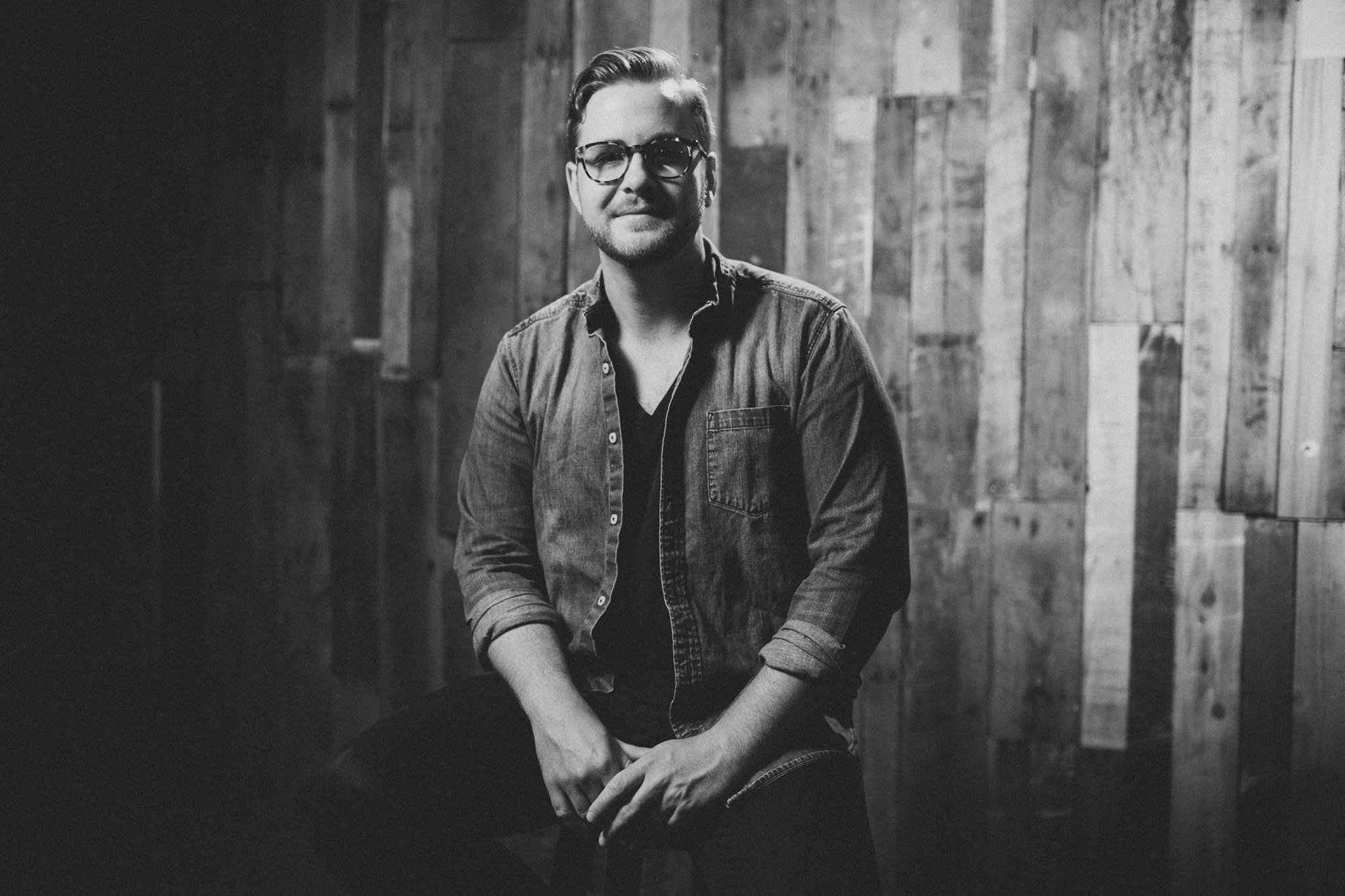Music distribution: the process of getting your song off the page and into a buyable format.
Simple enough, right?
While music distribution might seem easy enough on paper, in practice it can involve a litany of hoops to jump through.
As someone who’s gone through personally distributing my songs, it proved more complex than I initially thought.
That’s why I highly recommend working with a music distribution service.
These services handle everything from getting your music onto streaming platforms to providing physical copies of your single or album to put in shops.
Having this part of the music business taken off my plate was a huge help, and allowed me to continue writing and doing what I enjoy most: actually making music!
So, if you’re looking to get your music out there but want to avoid the headache of doing it yourself, check out my favorite music distribution services below.
What is Music Distribution (and why does it matter)?
Music distribution is the act of getting your music out in front of people.
It’s a pretty broad definition, and it can technically include everything from playing live shows to selling your songs to marketing yourself on social media platforms like TikTok and Instagram.
However, music distribution services take our rather wide-ranging definition and narrow it a bit.
Music distribution (in the sense of how a service would use it) comes down to getting your music on streaming platforms.
Though purchasing physical copies of music and seeing people in concert isn’t a thing of the past, it certainly isn’t the primary way people enjoy music.
Nowadays (and it should come as no surprise), streaming services own the market.
Spotify, Apple Music, Tidal, Amazon Music: there are hundreds of different ways to stream new music without lugging around a CD player (or having a record player in your car, I guess).
So, for the modern day musician, getting your music on streaming platforms is definitely the way to go.
Unfortunately, getting your new single on Spotify isn’t a one way ticket to fame.
Though having your music out on these platforms is a feat in its own right (and we’ll get more into that later), there’s still a whole host of different algorithms you’ll be up against.
Thousands of musicians just like you are also out there trying to get their music in front of people.
Because music streaming is such a democratic field, most streaming services don’t just have a group of playlist editors sorting your music into different playlists.

Though you do have the option when submitting your albums to a streaming service to pitch it to playlist curators, most new music ends up in the algorithm.
Generally speaking, music service algorithms work by not only looking at what your music is classified as but also by seeing what kind of people are listening to your music.
Though you may think of your album as folk music, your main listener demographic might be more inclined to listen to country music.
If you have enough listeners, most music streaming services would hypothetically sort your songs into country playlists.
So, while streaming is certainly the way to go when distributing your new album, you’re kind of at the mercy of the algorithm.
That’s why, outside of having your new tunes on Spotify or Apple Music, it’s important to market yourself as a musician.
Submitting to blogs, songwriting contests, promoting your music on Instagram, TikTok, and other forms of social media are all great ways to get yourself out there.
Even if you’re going down the music licensing route, you’ll still need to have some kind of face as a musician.
Plus, when people do come across you, they’ll be delighted to see they can listen to music easily on a streaming platform. What a pleasant surprise!
How to Distribute Music
In the past, music distribution worked by companies representing artists and their music by pitching their latest CD, record, or tape to local stores.
Though those options still exist, music distribution primarily happens in digital stores now.
Like we talked about earlier, the music landscape has changed dramatically over the past ten years.
However, for the songwriter who’s realistically probably writing, recording, and producing their own music, this is kind of great news.
In order to distribute your music, one of the best things you can do is go through a music distribution service.
These services are usually super affordable, great news if you’re an up-and-coming musician.
Plus, as a distribution service should, they handle getting all of your music up for purchase/streaming on multiple platforms.
The actual process of distributing your music isn’t too complicated with these programs.
At the bare minimum, you’ll need:
- High-quality mp3s of your songs (ideally fully mastered, but most streaming platforms still use their own equalization software regardless)
- Your album artwork in digital format
- And some money to spend on a distribution service (however, we’ll also see that there are free options available!)
You have those three components in place, and you’re nearly there.

The 5 Best Music Distribution Companies in 2023
So, we’ve got why music distribution is so important, as well as how to do it, but who should you actually distribute your music through?
Below are some of my favorite music distribution companies to go through, especially if you’re just starting out.
1. Distrokid
Distrokid is one of the easiest, fastest, and cheapest ways to get your music on nearly every streaming platform out there.
It costs $19.99 a year for unlimited releases, which is a pretty hard bargain to beat.
Plus, you have the chance to split any revenue you earn on your music with other artists, in case you happen to have a couple features on your latest song.
Distrokid does recommend additional services as well, all of which I’d be wary about.
Things like “loudness normalization” and other perks aren’t all that worth it, to be honest.
However, you’re not obligated to use their add-on services. So, steer clear of those and you have a solid, affordable, and easy to use music distribution service!
2. Amuse
Amuse is another solid music distribution platform.
It costs $5 a month to use their services, which include royalty splits between artists, 100% of commissions to the artist themselves, and unlimited releases.
At an annual rate of $60, they do lose out against DistroKid.
However, if you’re trying to test out different services before committing to one, or just trying to figure out music distribution as a whole, this is a great service to do so with, considering their monthly cost is pretty cheap.
This service does have a limited store catalog, so you won’t have quite the plethora of options when compared to other distribution services.
However, if you’re just trying to get your song on Apple Music or Spotify, you’re set to go.
Finally, it’s worth mentioning that Amuse has a 14 day turnover period for Spotify, which does make them quite a bit slower on that platform when compared to other services getting your music public.
It’s something to be aware of, but this is still a great choice, especially for new musicians.
3. Tunecore
Another solid option, Tunecore has a wide selection of different platforms to stream on and an easy to use interface.
It’s downside? It’s definitely one of the pricier options.
This service comes in around $50 annually, with an additional $1.98 cost when releasing to additional stores.
It’s a solid service, and one I would recommend checking out, but the price on this choice is something to consider.
4. CD Baby
CD Baby is another strong choice, with a huge selection of platforms to stream through.
However, as with Tunecore, it’s a pricier option.
If you were hoping to primarily have your music available through YouTube Music, CD Baby does collect extra fees with that streaming service.
Once again, some things to consider, but it’s still a strong option that plenty of musicians use.
5. ONErpm
Finally, I’d recommend ONErpm because of a very important aspect this service possesses: it’s 100% free.
…sort of.
There’s no cost to submit your music to this platform; however, there is a 15% commission fee that this service takes out of any earnings you get through your music.
That may seem like a bit of an unwanted tradeoff, but compared to other music distribution services that have both startup fees and a percentage they take, ONErpm is a pretty solid choice.
Like Amuse, it might be a good place to start if you’re a beginner and working on a budget.
So, you’ve got a few different services to pick from depending on what you need as a musician, and maybe a few old recordings knocking around to put up.
However, you’re absolutely going to need new music to put out that you can promote.

If you’re struggling coming up with your next great album or single, you can get started by reading blogs on songwriting tips and how to write a song.
If you’re interested, you can check out my blog post on how to write a song here, where I cover some of my favorite practices to help get a new hit started!


